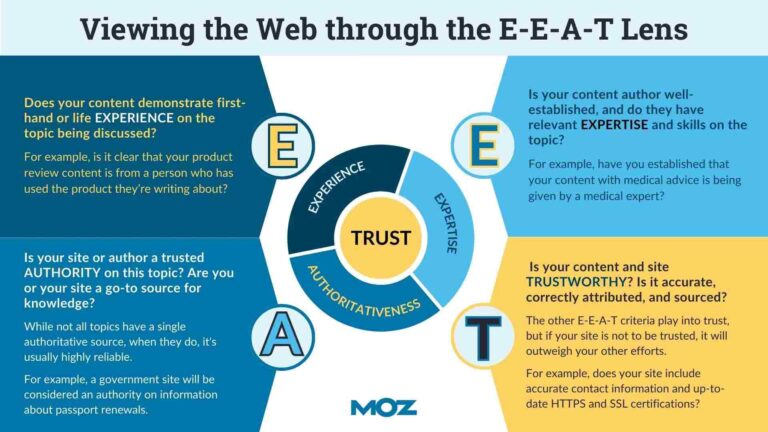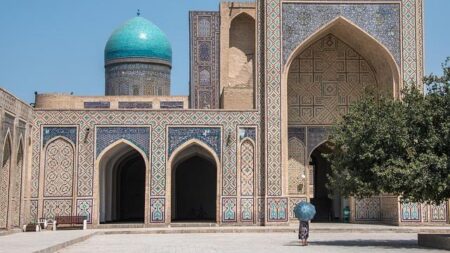Emerging Trends in EPC Contracts within Tanzania and East AfricaŌĆÖs Construction Industry
Over the past decade, Tanzania alongside the wider East African region has experienced a remarkable upswing in infrastructure projects, driven by robust government policies and a surge in international investments. Central to this construction renaissance are Engineering, Procurement, and Construction (EPC) contractsŌĆöan integrated project delivery approach that is rapidly gaining favor among developers aiming to optimize efficiency while minimizing risks. This article offers an insightful examination of how EPC contracts are reshaping the construction sector across Tanzania and East Africa, highlighting their strategic importance in large-scale developments, the regulatory environment influencing their adoption, as well as emerging challenges and prospects for industry stakeholders. As infrastructure modernization accelerates throughout the region, grasping the nuances of EPC contracting becomes indispensable for investors, contractors, and policymakers alike.
The Evolution of EPC Contracting Practices in TanzaniaŌĆÖs Construction Market
TanzaniaŌĆÖs construction landscape has undergone significant transformation with EPC contracts becoming increasingly prevalent due to their comprehensive natureŌĆöwhere one contractor assumes responsibility for design engineering, procurement of materials and equipment, plus full construction execution. This consolidated approach helps mitigate common pitfalls such as fragmented communication or delays caused by multiple contractors working independently.
Key factors shaping this trend include:
- Regulatory Compliance: Navigating Tanzanian laws related to building codes, environmental standards, and procurement regulations remains critical for successful contract fulfillment.
- Innovative Financing Structures: The rise of blended finance models combining public funds with private capital is helping de-risk projects amid fluctuating market conditions.
- Local Partnerships: Engaging domestic firms not only enhances community acceptance but also ensures alignment with local labor laws and cultural expectations.
With foreign direct investment continuing its upward trajectoryŌĆösupported by initiatives like EthiopiaŌĆÖs cement industry expansion which indirectly benefits regional supply chainsŌĆöthe competitive landscape demands heightened attention on quality control measures alongside strict adherence to project timelines.
Navigating Challenges While Unlocking Growth Opportunities in East AfricaŌĆÖs EPC Sector
Despite promising growth indicators across East Africa’s construction domainŌĆöincluding a projected 7% annual increase in infrastructure spending through 2028ŌĆöthe sector faces persistent obstacles that could hamper progress if unaddressed:
Regulatory Complexity:
Diverse licensing requirements across countries often delay procurement cycles. For example, inconsistent approval processes between Tanzanian municipalities can stall material deliveries or workforce mobilization.
Lack of Adequate Infrastructure Support:
Insufficient transport networks coupled with unreliable power supplies elevate operational costs; recent reports indicate that up to 30% of project budgets may be consumed by logistical inefficiencies alone.
Skills Shortage:
A deficit in specialized technical expertise constrains capacity building efforts; training programs remain underfunded despite growing demand for engineers proficient in modern construction technologies.
Political Volatility & Policy Shifts:
Unpredictable changes in government policies create uncertainty around contract enforcement mechanismsŌĆöa deterrent particularly felt among international investors wary of long-term commitments.
Nevertheless, renewable energy projects , especially solar farms expanding at an annual rate exceeding 15%, present lucrative avenues for EPC contractors ready to innovate. Additionally, public-private partnerships (PPPs), now accounting for nearly 25% of new infrastructure ventures regionally according to recent World Bank data,[1] offer collaborative frameworks that blend resources effectively while sharing risks equitably.
Technological advancements such as Building Information Modeling (BIM), drone surveying techniques replacing traditional site inspections,[2], and automation tools are revolutionizing project management practicesŌĆöenabling faster decision-making processes while reducing human error.
Regional integration efforts under blocs like the East African Community (EAC) further facilitate cross-border cooperation among firms enhancing resource pooling capabilities which ultimately improve overall project outcomes.(Source)
Strategies for Successful Management of EPC Agreements on Construction Projects
To maximize benefits from EPC arrangements within Tanzania or neighboring countriesŌĆÖ markets requires meticulous planning combined with proactive stakeholder engagement:
- Crisp Definition Of Project Scope: A clearly articulated scope minimizes ambiguities leading to fewer disputes during execution phases. Early-stage workshops involving all parties help align expectations regarding deliverables.
- Synchronized Communication Channels: A structured communication protocol connecting owners with main contractors plus subcontractors ensures timely updates about progress or issues encountered onsite.
- Diligent Risk Assessment And Mitigation Plans: This includes vetting contractor financial stability through credit checks along with reviewing historical performance metrics before awarding contracts.
- M&E Frameworks With Regular Audits: The establishment of monitoring & evaluation systems facilitates ongoing compliance verification against contractual obligations ensuring accountability throughout implementation stages.
| EPC Contract Element | Description & Significance |
|---|---|
| Delineation Of Work Scope | This defines precise responsibilities preventing scope creep during execution phases. |
| Tight Project Timelines And Milestones┬Ā┬Ā | Ensures adherence towards scheduled completion dates avoiding costly overruns .┬Ā┬Ā |
Conclusion: The Road Ahead For EPC Contracts In East Africa’s Infrastructure Development
As infrastructural ambitions soar across Tanzania and its neighbors within East Africa , Engineering , Procurement ,and Construction agreements have emerged as pivotal instruments driving efficient delivery models . By consolidating responsibilities under single entities , these contracts foster enhanced coordination resulting not only into cost savings but also improved innovation potential .
With governments prioritizing sustainable development goals alongside economic diversification strategies ,the appetite for well-executed large-scale projects continues rising steadily . Stakeholders must therefore remain vigilant about evolving legal frameworks whilst embracing technological innovations capable transforming traditional workflows .
Ultimately,the success story behind future regional infrastructure hinges upon forging resilient partnerships grounded on transparency ,mutual trust,and adaptability ŌĆö qualities intrinsic within effective utilizationof robustly structuredEPC agreements .
In essence,this analysis underscores why masteringthe intricacies surroundingEPCcontractual frameworksis fundamentalforany party intenton thrivinginthe dynamicconstructionenvironmentofTanzaniaandEastAfricaatlarge.
—
[1] World Bank Report on PPP Infrastructure Investment Trends ŌĆō 2024
[2] Journal of Modern Construction Technologies ŌĆō Drone Survey Applications ŌĆō March 2024







